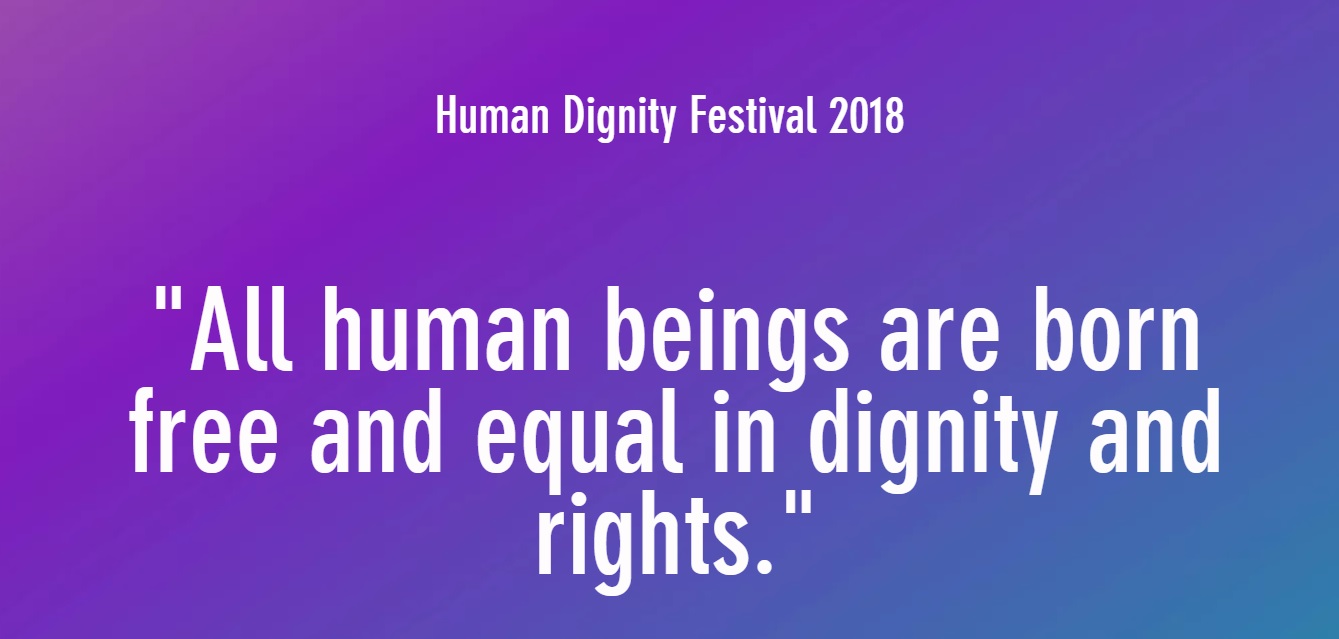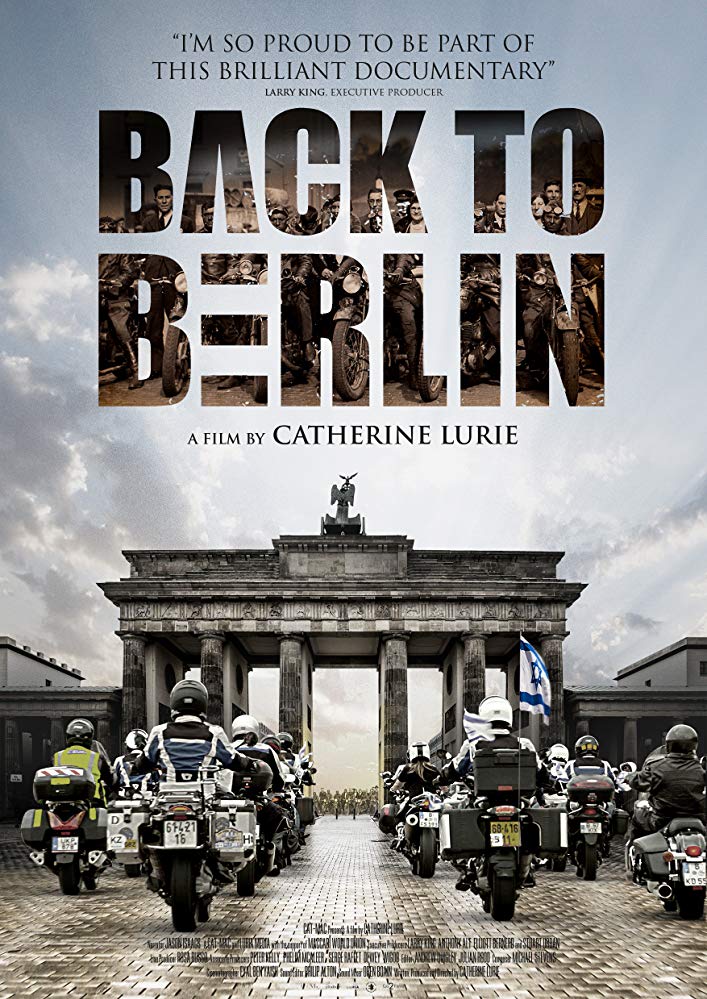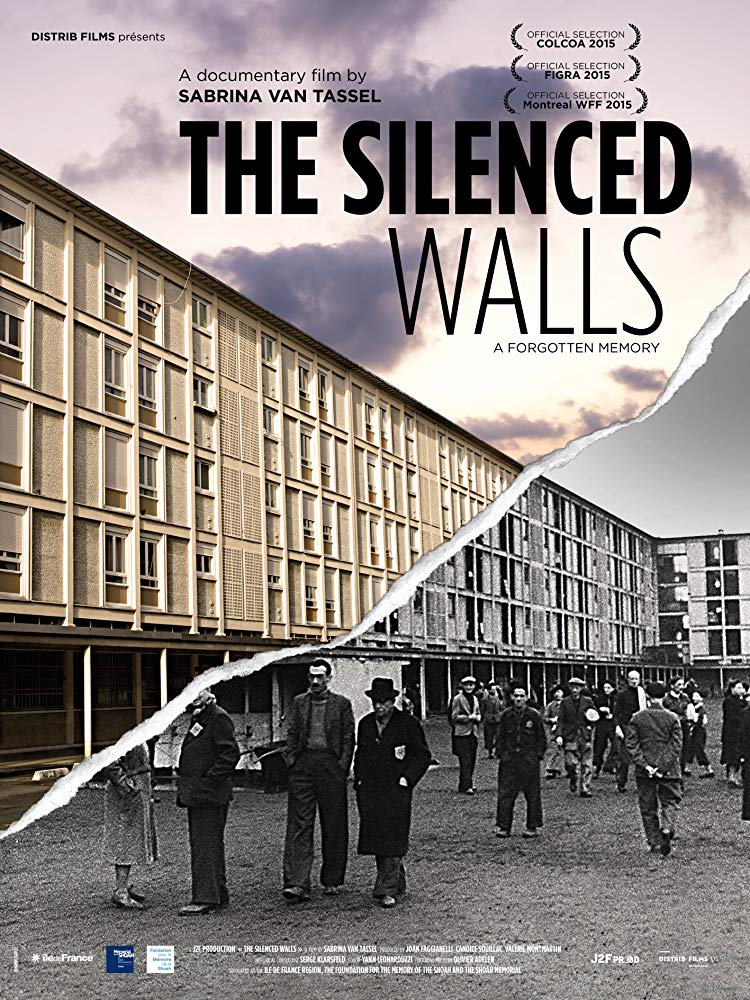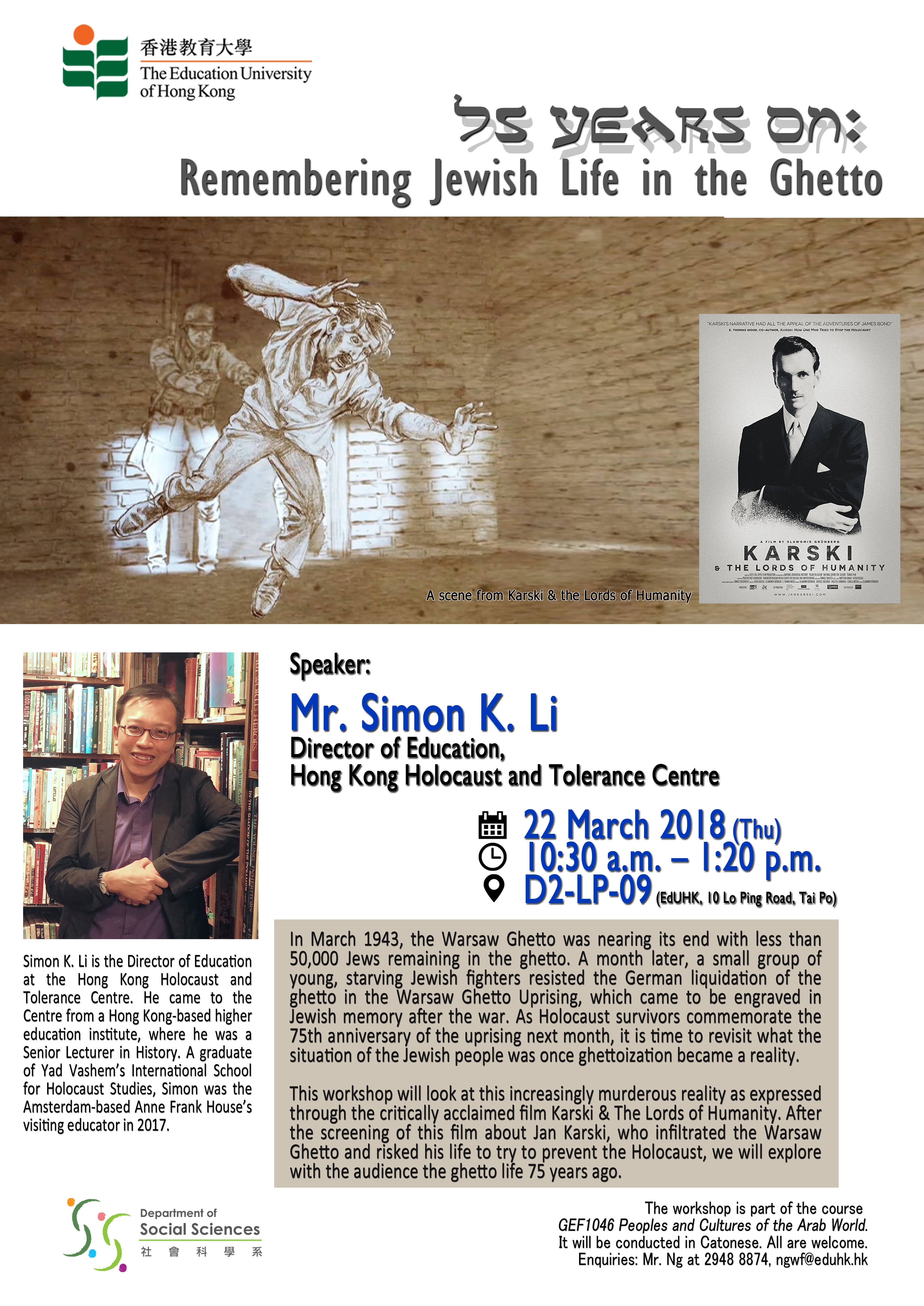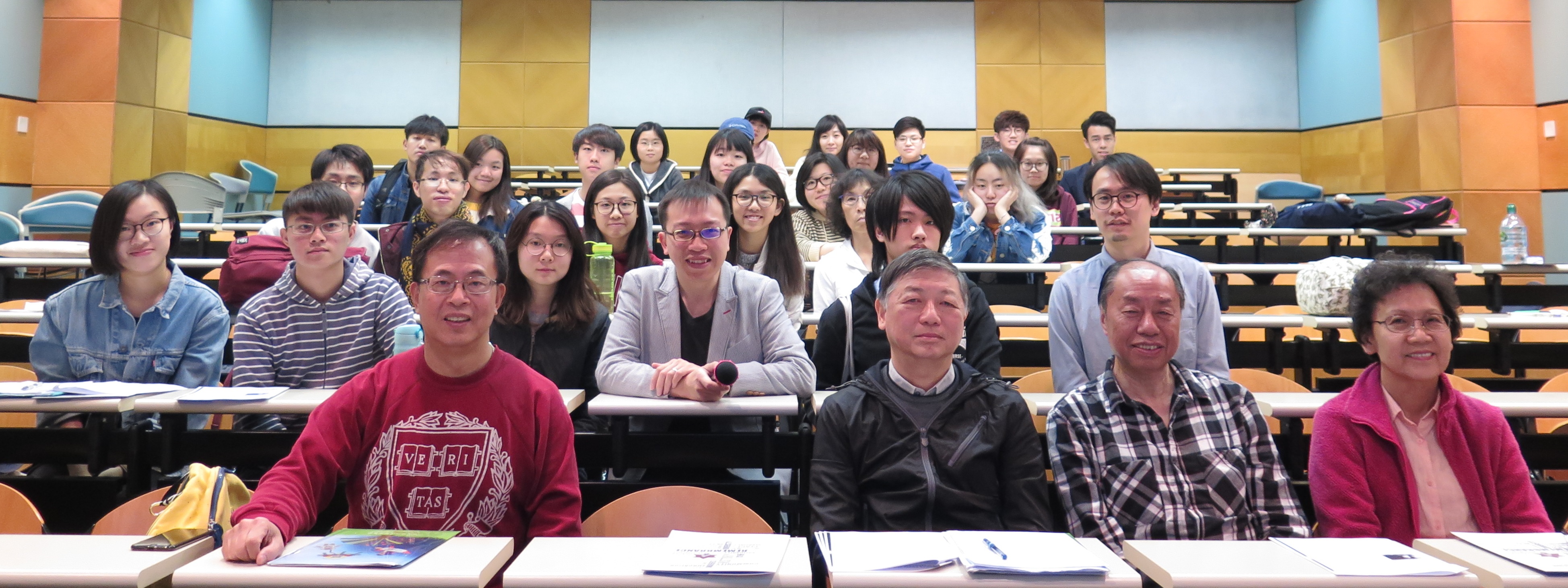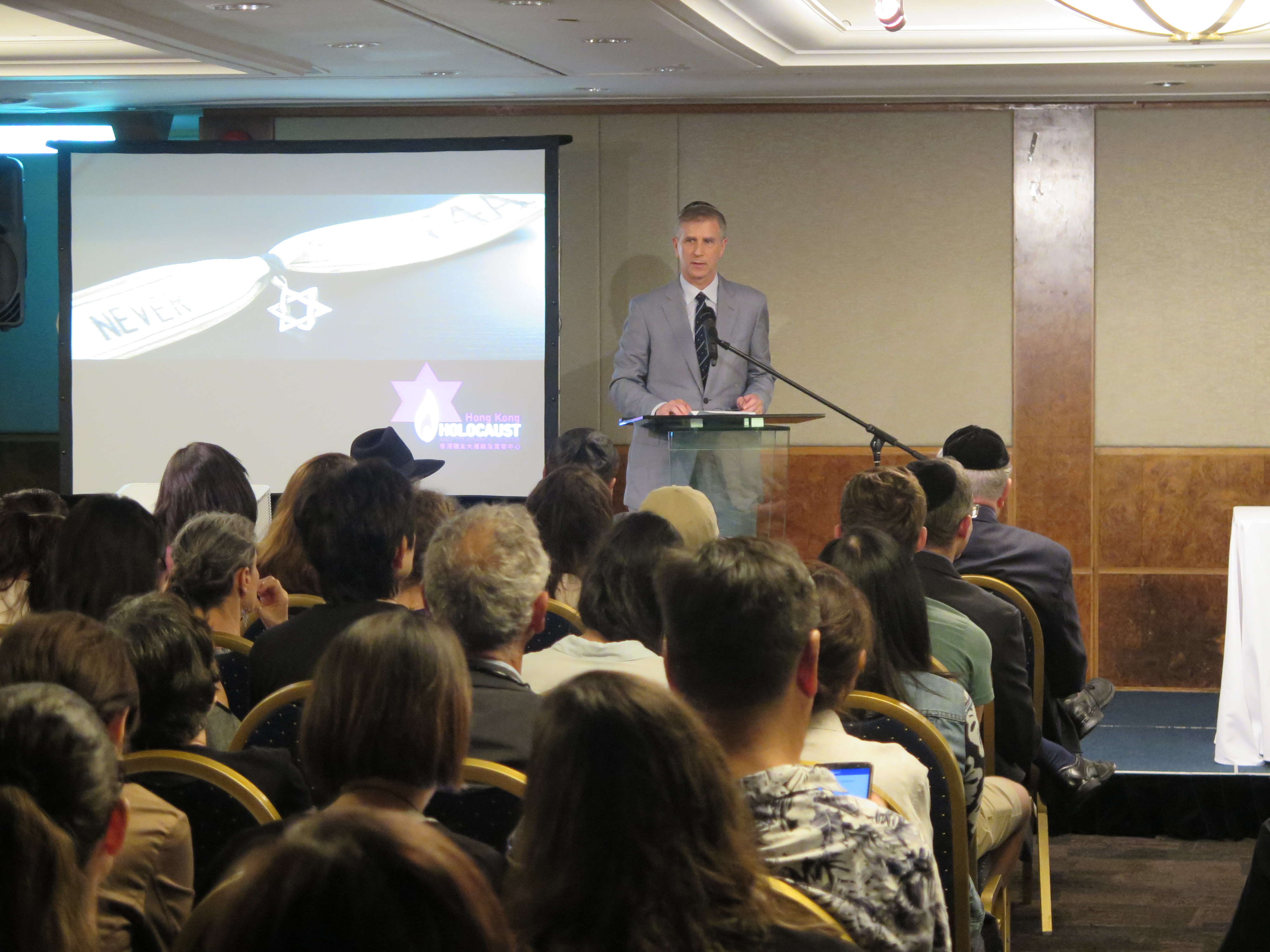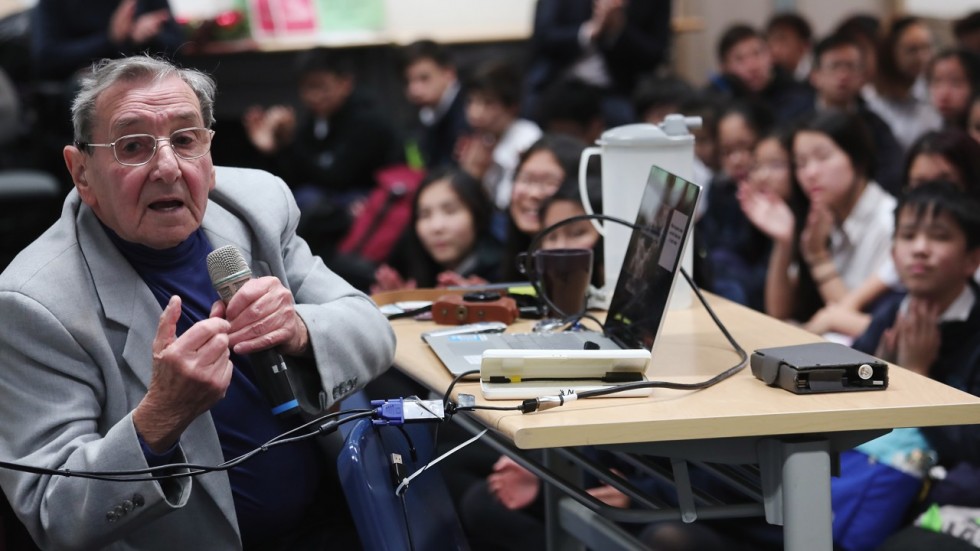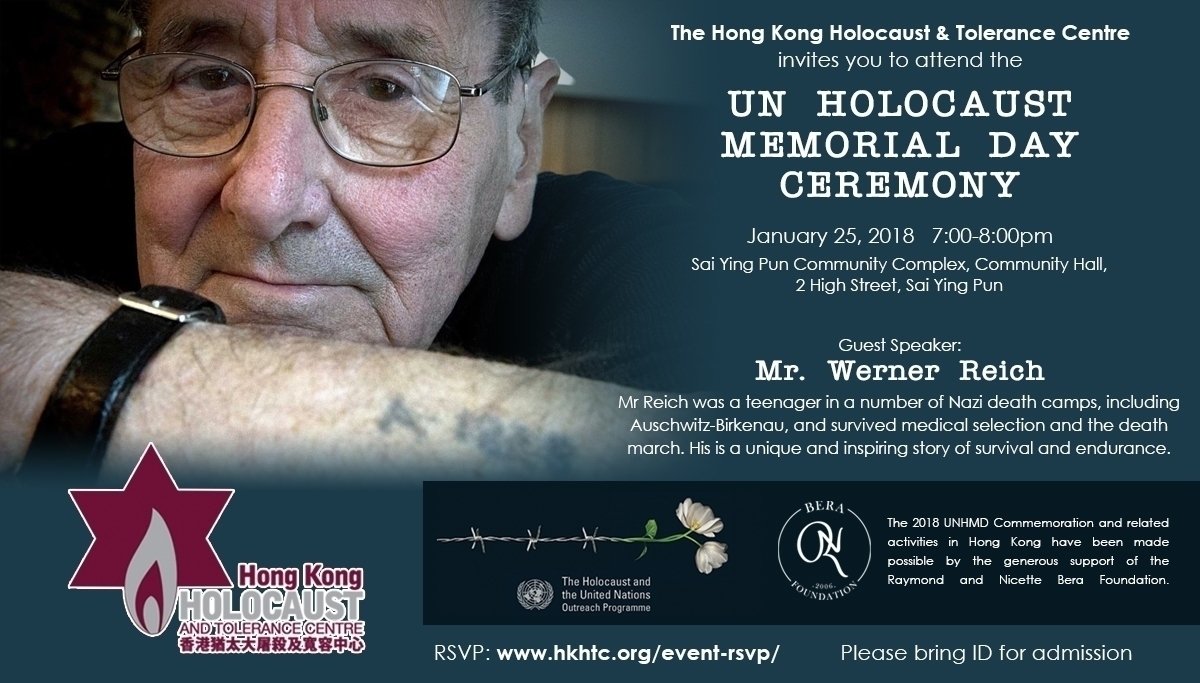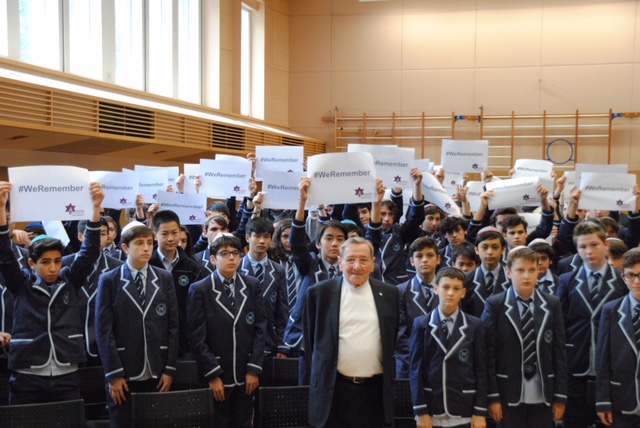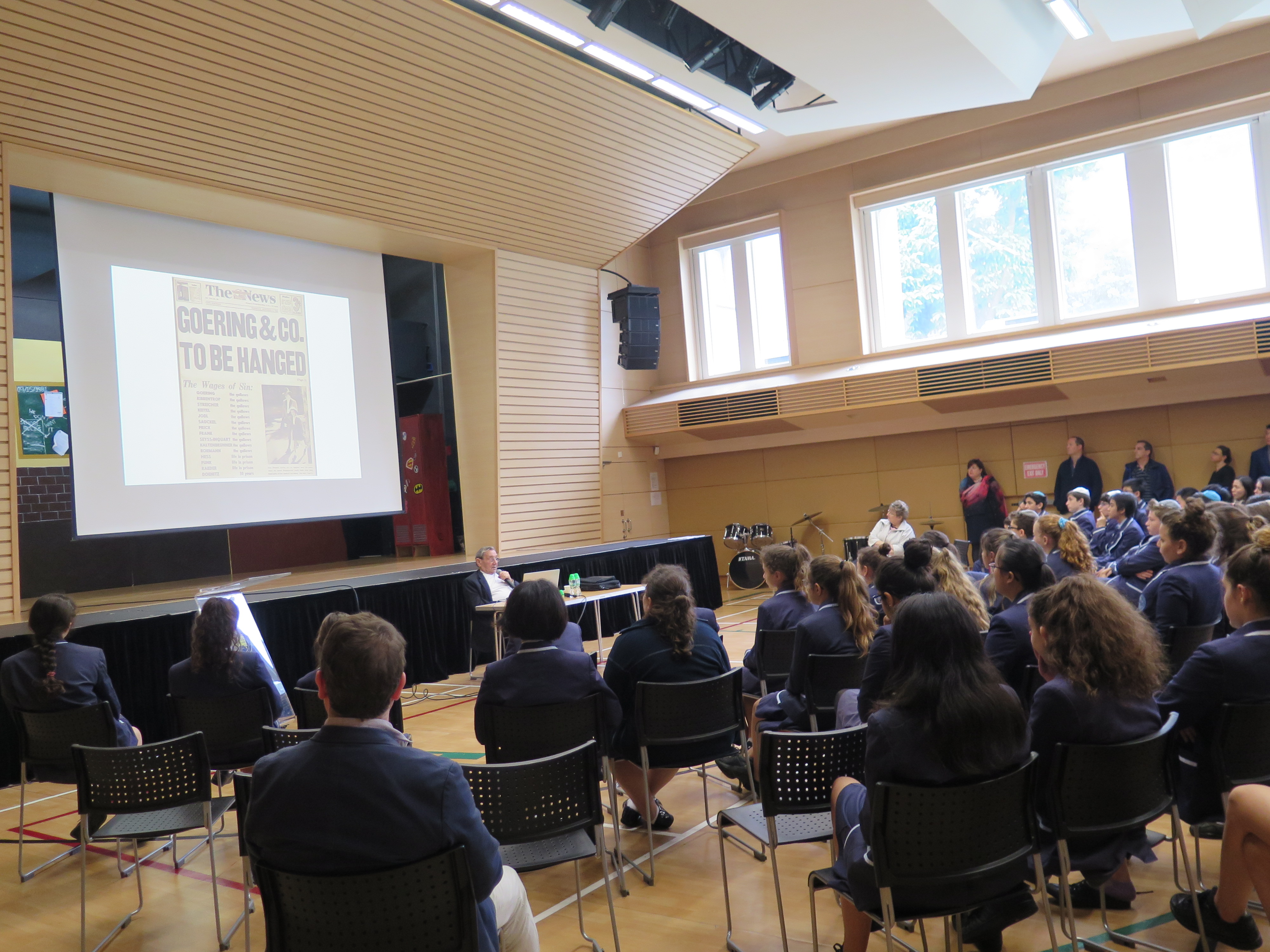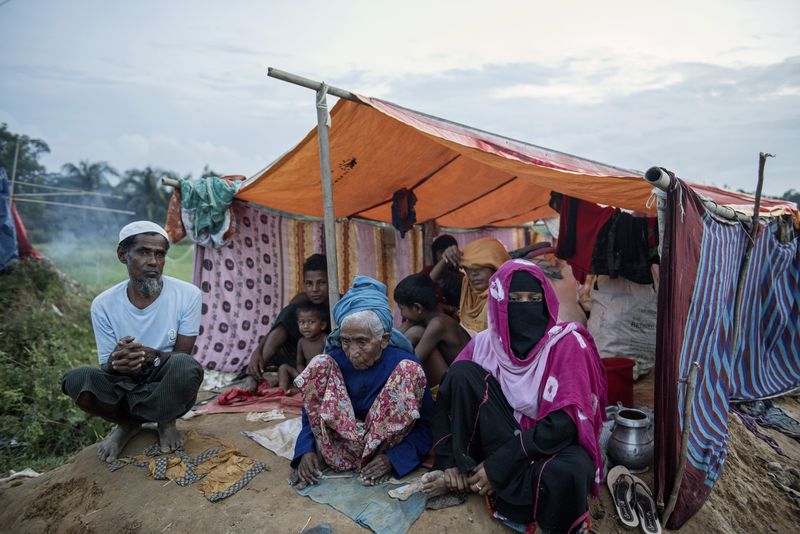HKHTC @ Hong Kong Human Dignity Festival 2018
HKHTC greatly appreciates the community’s support as we continue to deliver high-quality Holocaust education programming and we encourage you to join us at our upcoming events. This year we have partnered with the Hong Kong Human Dignity Festival, which featured an HKHTC presentation by our Executive Director Simon K. Li on the Holocaust and genocide on Sunday 18 November at Eaton Hotel, 380 Nathan Road, Jordan, Hong Kong.

